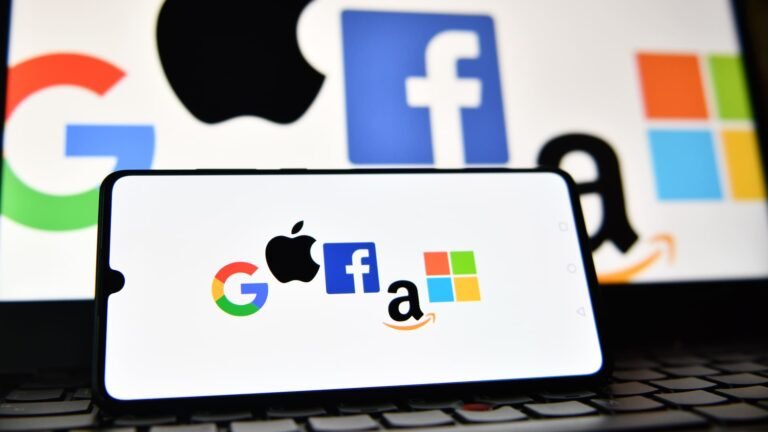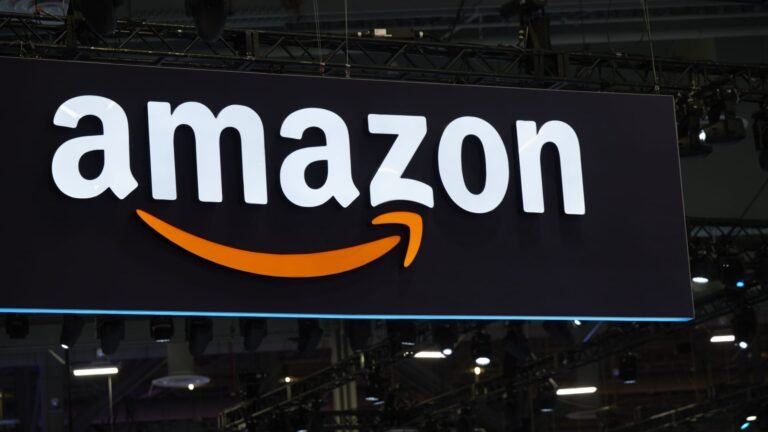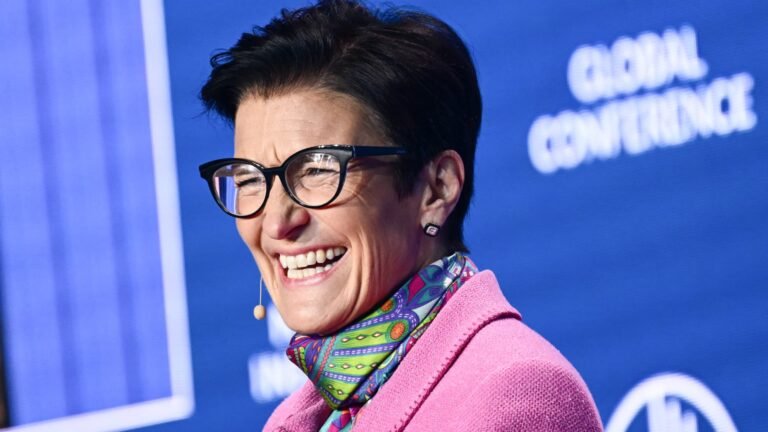
UnitedHealthcare CEO Brian Thompson was tragically shot while walking alone to an investor event held by his company, a common practice for many American executives. His death in the corporate hub has reverberated across the business world, prompting companies to reassess the risks associated with routine executive duties.
The incident has sparked concerns about the safety of executives, leading to a heightened focus on executive protection at the board level. Security professionals attribute the increasing threats against corporations to social media and a politically charged environment. Thompson’s killing, a high-profile event in Manhattan, has raised fears of violence targeting corporate leaders, particularly during public investor events in New York.
The motive of the gunman remains unknown, with speculations arising from words on shell casings found at the scene. Security experts are questioning whether the shooter had expressed grievances online or researched the investor event. Some companies have reacted by removing executive photos from websites and transitioning investor meetings to virtual platforms.
Despite known threats against Thompson, he did not have a security detail with him on the day of the incident. Security experts suggest that a comprehensive security program could have prevented the tragedy, emphasizing the importance of proactive security measures for executives. Following Thompson’s death, companies are increasingly seeking enhanced protection for their senior executives, especially with upcoming in-person events in New York.
Security veterans highlight the shift in attitudes towards security measures for executives, noting the evolving perception of security as a crucial aspect of corporate operations. The incident has prompted a reevaluation of security protocols and risk assessment strategies within organizations, emphasizing the broader scope of security beyond physical protection.
Contributions to this report were made by CNBC’s Jordan Novet, Bertha Coombs, and Dan Mangan.







